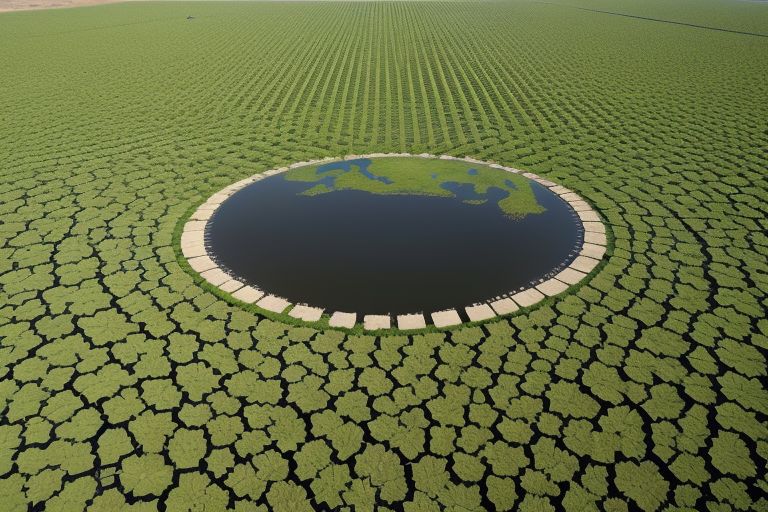The global water crisis presents one of the most significant challenges of our time, affecting millions of people worldwide. With populations growing and climates changing, the demand for water is increasing, while the supply remains finite. Addressing this issue requires innovative solutions that tackle both the supply and demand sides of the equation. Below are some of the cutting-edge approaches being developed and implemented to combat water scarcity:
1. Atmospheric Water Generation (AWG)
AWG technology extracts water from humid air. Machines ranging from small, personal devices to large-scale installations pull in air, cool it to condense water vapor, and collect the resulting water. These systems can provide clean, potable water in areas where groundwater is not accessible or is contaminated.
2. Desalination Advances
Desalination, the process of removing salt from seawater to make it fresh, is not new. However, recent advancements have focused on reducing its high energy consumption and environmental impact. Techniques such as reverse osmosis, forward osmosis, and the development of more efficient membranes have made desalination a more viable option for increasing freshwater supplies.
3. Smart Irrigation Systems
Agriculture consumes a significant percentage of the world’s freshwater supply. Smart irrigation technologies use data from sensors (soil moisture, weather, plant water use) to optimize watering schedules and reduce water waste. These systems can significantly cut down on water usage in agriculture, making more water available for other needs.
4. Water Recycling and Reuse
Recycling wastewater for agricultural and industrial use can significantly reduce the demand for fresh water. Advances in filtration and treatment technologies have made it possible to safely and efficiently recycle water for a variety of uses, including irrigation, industrial processes, and even indirect potable reuse.
5. Rainwater Harvesting
Collecting and storing rainwater for use during dry periods is an ancient practice that is receiving renewed attention. Modern rainwater harvesting systems can be integrated into buildings and landscapes to provide a supplemental water source. This method helps reduce the demand on traditional water supplies and mitigates the impact of runoff on urban drainage systems.
6. Education and Behavioral Change
Technological solutions must be paired with efforts to educate and encourage individuals and communities to adopt water-saving practices. Awareness campaigns, incentives for water-efficient appliances, and regulations promoting water conservation can all play a role in reducing overall water demand.
7. Enhanced Water Monitoring Technologies
The use of advanced sensors, satellite imagery, and AI algorithms for monitoring water supplies and usage can help in the early detection of leaks, overuse, and contamination. This real-time data enables more efficient water management and distribution strategies.
Challenges and Opportunities
While these innovative solutions offer hope, implementing them on a scale sufficient to address the global water crisis poses significant challenges. Financial investment, political will, and community engagement are all crucial for these technologies and practices to be adopted widely. Moreover, addressing the water crisis requires a holistic approach that considers ecological, social, and economic factors to ensure equitable access to water resources for all.
As the world continues to confront the reality of water scarcity, the development and deployment of these innovative solutions represent critical steps toward a more sustainable and water-secure future.
